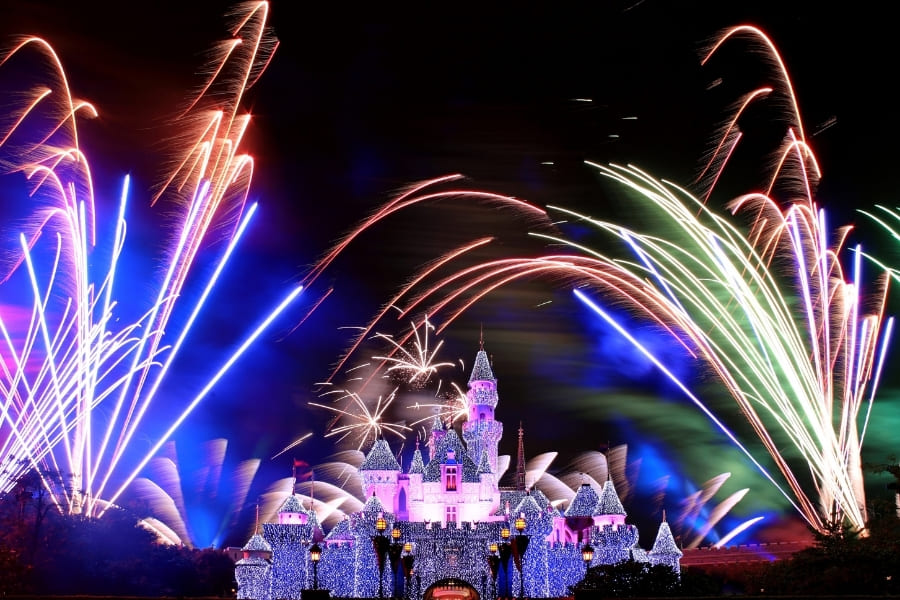As the name suggests, Memorial Day is a date of remembrance for all US Military personnel that died while fulfilling their duty. This sets it apart from Veterans Day, which caters to all former US soldiers, dead or alive.
The history behind Memorial Day is complex, as this holiday had many predecessors. Before and during the American Civil War, for instance, it was already a custom to decorate the graves of fallen soldiers with flowers.
Historians have identified 25 predecessors of Memorial Day – many of which took place in former Confederate states like Virginia, Mississippi and South Carolina. Oftentimes, these events were organized by widows and women groups.
Meanwhile, the North had remembrance days of its own, even though they were not institutionalized yet. Decoration Day, for example, was celebrated by 27 states from 1886 onwards.
In 1966, President Lyndon B. Johnson tried to end the discussions about the birthplace of Memorial Day. He declared Waterloo, New York as the official place. However, who celebrated the first Memorial Day, and where, is still a matter of debate. In 1967, Decoration Day was renamed Memorial Day, and one year later, this holiday received its official date, which is still valid today.
There is also a Confederate Memorial Day that is only celebrated in the Southern states and serves to commemorate the fallen soldiers of the Confederation. This holiday, albeit still officially recognized, has become more and more controversial, and public adherence is on the decline.





















